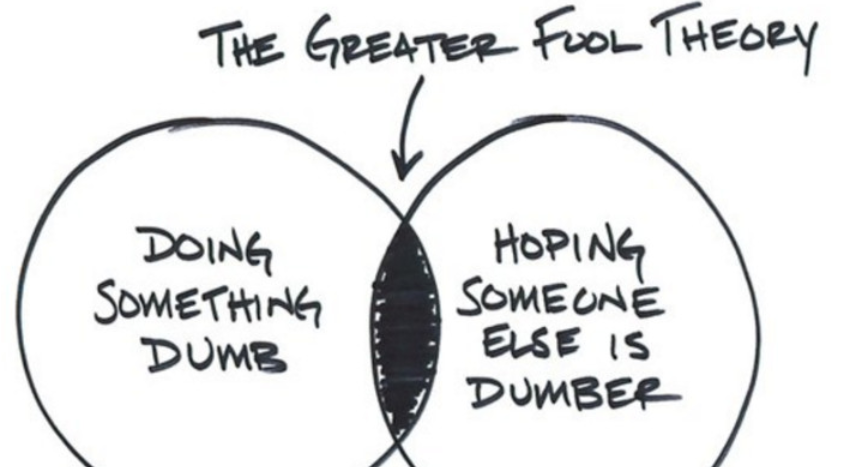I am about to embark on my 11th annual trip to Warren Buffett’s Omaha. This year I have something unique to share with you: an excerpt from a chapter I contributed to a brand new book, The Warren Buffett Shareholder. Let me tell you a little bit how this chapter came about.
In the early 2000s I taught graduate investment classes at the University of Colorado. As a class assignment I had students do presentations on Warren Buffett’s annual letters to his shareholders. We broke up 30-some years of Buffett letters into six time periods and divided the class into six groups. Each group had to present the most important lessons they learned from Buffett’s letters.
The day of presentations was not my finest moment as a teacher. It started out great, but soon all the presentations started to sound the same. Here is why: Buffett’s letters are full of wisdom, and each letter has a new insight or two. But value investing philosophy rules (just like the Ten Commandments in the Bible) are the same now as they were 50 years ago. Buffett simply adds a new shade of grey onto the same wisdom in each letter. Here is the thing with shades: You see them only as shades next to other shades, not as colors in their own right.
Then I discovered that Lawrence Cunningham had edited Buffett’s letters into a book, 50 Shades of Warren Buffett. Okay, the actual name of the book was The Essays of Warren Buffett. When people ask me for the one book they should read about Warren Buffett, my answer is always The Essays of Warren Buffett – it’s as close to an autobiography of Buffett as you’ll get.
(By the way, if you haven’t read “The Six Commandments of Value Investing” – an excerpt from my next book – you can sign up here to read it. I’ve been asked, why six, not ten? My deeply Talmudic answer is, “Value investing is about quality not quantity.”) (more…)


 A Jewish businessman was in a great deal of trouble.
A Jewish businessman was in a great deal of trouble. The markets do not know you!
The markets do not know you! If you are waiting for the TV clowns to tell you where to invest and How to trade , you are missing the point. Successful investing and trading is a skill, which can be learned and developed. The last thing you want to do is to let others tell you how to invest your own money. Instead, invest your time and energy in developing your own investing strategy. Kill the TV for good and become an independent thinker. Profits will follow.
If you are waiting for the TV clowns to tell you where to invest and How to trade , you are missing the point. Successful investing and trading is a skill, which can be learned and developed. The last thing you want to do is to let others tell you how to invest your own money. Instead, invest your time and energy in developing your own investing strategy. Kill the TV for good and become an independent thinker. Profits will follow.

